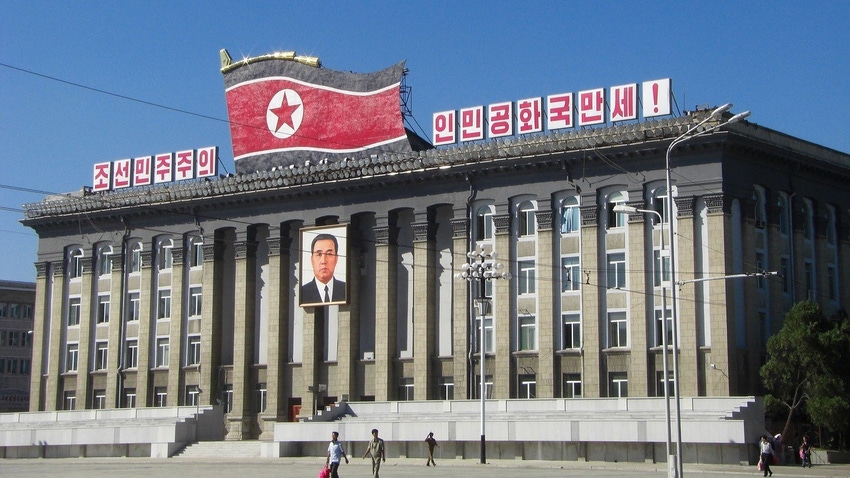
North Korean authorities have started signing up 4G subscribers after the country upgraded its network with secondhand telecommunications equipment bought mainly from China's Huawei.
According to local news site Daily NK, authorities have completed the construction of 4G cell towers in some areas of the country – with the goal of constructing over 80% of planned cell towers by 2025.
Currently, 4G services are available mostly in the central districts of the capital, Pyongyang.
''People who have subscribed to the new network say the signal is really good, with no interruptions when browsing the intranet or watching shows,'' an unnamed source told Daily NK.
However, the source added that the signal disappears when users are far from a base station. This is prompting North Koreans to wait until 4G coverage throughout the country has improved substantially before subscribing to the new network. For one, mobile devices in the country do not automatically switch to 3G when the 4G signal is weak.
"People with 4G devices are holding on to their 3G devices, using both phones together," anonymous sources told local media. This comes amid reassurances from the government of a strong 4G coverage with signals reaching areas that were previously dead zones, including underground.
One generation behind
Industry observers noted that North Korea is traditionally one generation behind current cellular technology as it makes use of secondhand gear that comes on the market as other operators upgrade their networks.
Sunnet, a 2G network, was launched in 2002 just as other countries began the rollout of 3G technology, and Koryolink launched its 3G network in late 2008, just a few months before the first 4G networks were introduced.
It is widely believed that the development of 4G and 5G networks in the country will follow the same trajectory.
3G network upgrade
News reports said the government started replacing telecom gear in October to upgrade existing 3G networks as well as pave the way for the establishment of 4G-based services in the country.
Using secondhand Huawei equipment, North Korea has gradually replaced repeaters, remote monitors, radio transmission and reception amplifiers, radio signal processing controls at the base transceiver stations, starting in the major cities of Pyongyang, Nampo, Pyongsong, Sariwon, Wonsan, and Hamhung.
Latest data from GSMA Intelligence showed that approximately 28.3% of North Korea's 26.2 million population has a mobile connection – all are prepaid subscriptions and only a quarter with smartphones.
In 2023, the annual growth rate of mobile connections was less than 3%, while smartphone connections increased nearly 12% to 1.9 million.
According to the GSMA research unit, mobile operator Byol ended 2023 with 7.1 million 3G connections while rival Koryolink ended the year with 400,000 3G subscribers.
Read more about:
AsiaAbout the Author(s)
You May Also Like












